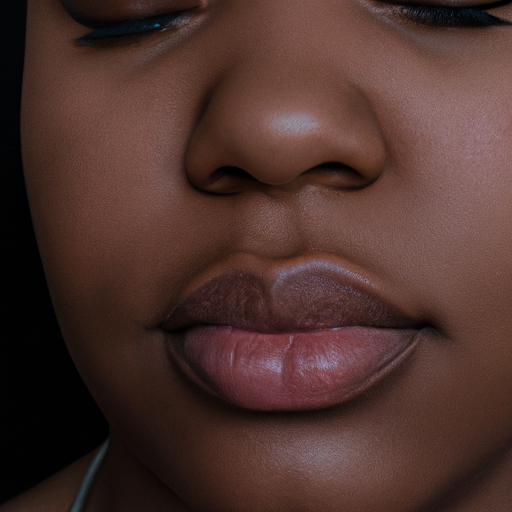As a medical professional, I am constantly amazed by the advancements in cosmetic procedures that allow individuals to enhance their natural beauty and boost their self-confidence. One such procedure that has gained popularity in recent years is the use of chin fillers to create a more defined jawline. This non-surgical treatment can provide a significant change in facial aesthetics, and it’s worth exploring for those interested in refining their profile.
Chin fillers are injectable substances, typically made of hyaluronic acid, a naturally occurring substance in the body that helps keep skin plump and hydrated. They are used to augment the chin area, giving it more projection, improving its shape, or correcting asymmetry. This can result in a more balanced facial structure and a sharper, more defined jawline.
The procedure itself is relatively simple and quick, often taking less than an hour. It involves injecting the filler material into strategic points on the chin to achieve the desired effect. The process is usually carried out under local anesthesia to minimize discomfort, and most patients can return to their normal activities immediately after the procedure.
One of the key advantages of chin fillers is their non-permanent nature. Unlike surgical procedures, which involve permanent changes to the bone structure, fillers are temporary and can be adjusted or completely reversed if the patient is not satisfied with the results. The effects of chin fillers typically last between six months to two years, depending on the type of filler used and individual metabolic factors.
Moreover, chin fillers offer a safer alternative to surgical procedures. While any medical procedure carries some risk, the risks associated with fillers are generally lower than those associated with surgery. Potential side effects include swelling, bruising, and temporary numbness around the injection site, but these usually subside within a few days.
Despite these benefits, it’s important to remember that chin fillers are not suitable for everyone. Individuals with severe chin deficiencies or those seeking dramatic changes may be better served by surgical options. It’s also worth noting that the success of chin fillers largely depends on the skill and experience of the practitioner. Therefore, it’s crucial to choose a qualified and experienced professional for this procedure.
In conclusion, chin fillers represent an exciting development in the field of cosmetic medicine, offering a non-invasive, adjustable, and relatively safe method for enhancing the jawline. However, as with any medical procedure, it’s important to have a thorough consultation with a healthcare professional to discuss your goals, understand the potential risks and benefits, and ensure that this is the right treatment for you. With the right approach, chin fillers can be an effective tool to help you put your best face forward.



